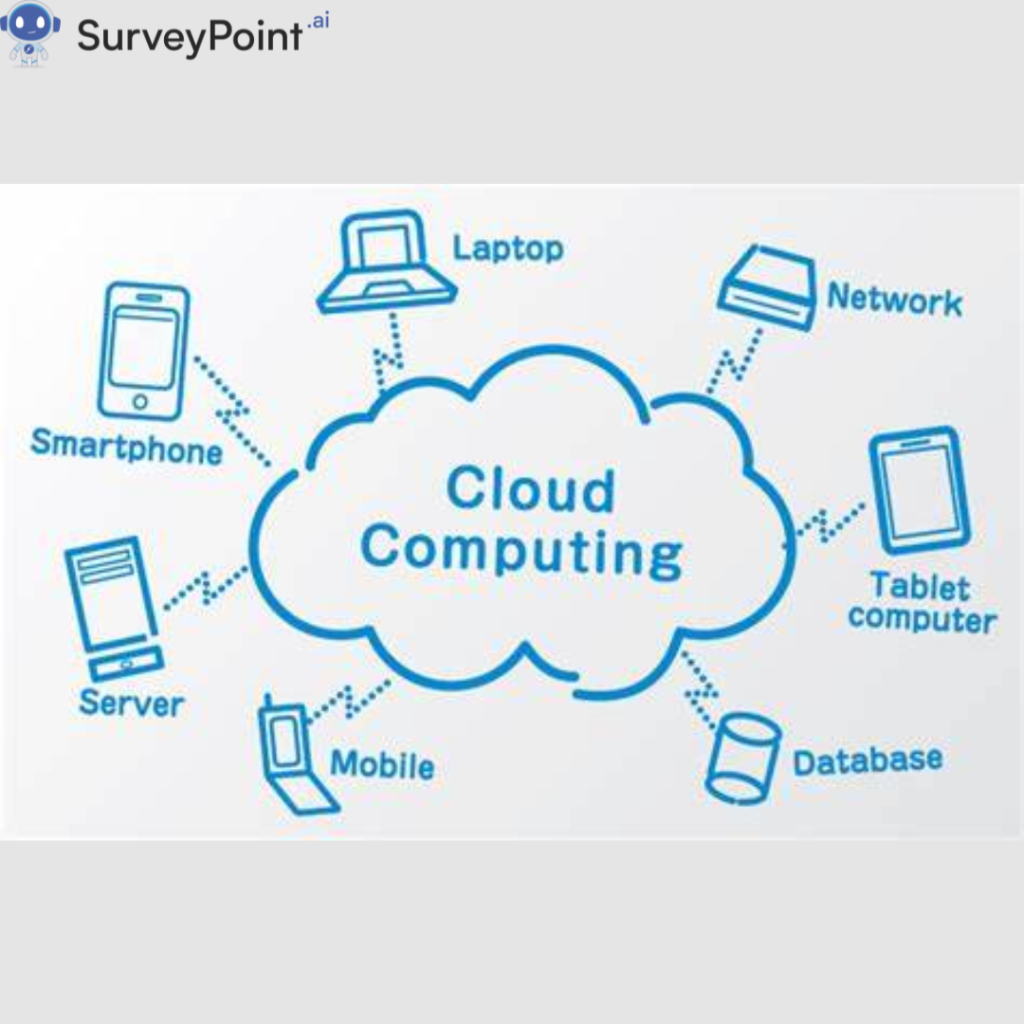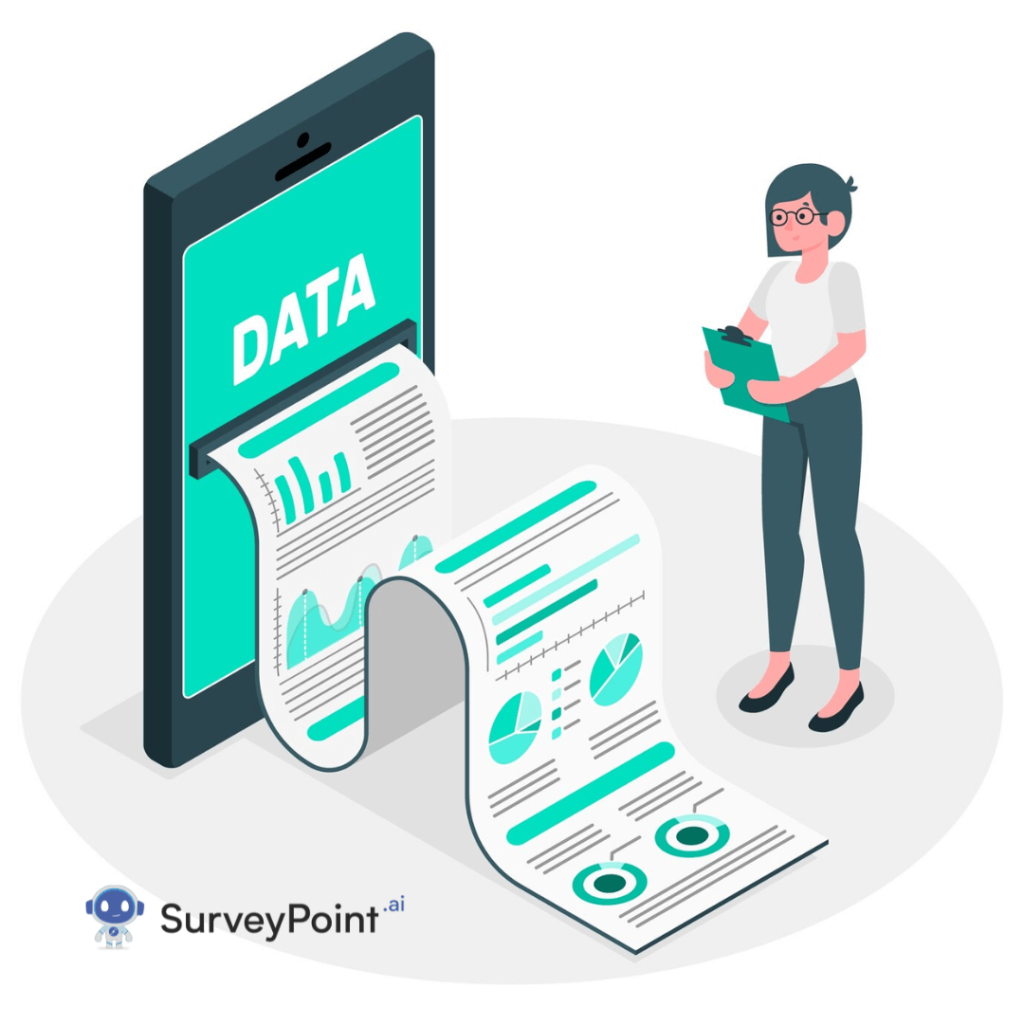
Online forms and surveys have evolved as a breakthrough approach in the ever-evolving data collection landscape, transforming how companies can get insightful data from various groups.
They have emerged as a game-changer, and 50% of marketers believe online forms are their primary source of leads, providing unmatched results over conventional data collection techniques.
From enhanced accessibility and real-time feedback to streamlined data analysis, a lot changed in the interpretation of forms. What is the future of forms, with technology changing so drastically?
Can this dynamic change transform the way information is acquired and processed? Let’s find out the same.
Online Forms – What is the Future of Forms for Data Collection?
The future of online forms for data collection holds great potential, offering a transformative shift in how information is gathered and analyzed. As technology evolves, online forms are expected to become more user-friendly and intuitive, making the data collection process seamless and engaging for respondents. Personalization and dynamic logic will enhance the relevance of questions, leading to more accurate and valuable data.
On average, there are 15-20 questions in an online form or survey which companies expect their customers to answer. These questions are a great data collection practice facilitating a deeper understanding of human behavior, preferences, and attitudes on a global scale.
If companies bring innovation and creativity in how they create and design their forms, the chances of participation will increase, thus increasing overall data.
Online Forms – The Future of Forms; Their Characteristics
As a company, you can use forms, surveys, and surveys for numerous purposes. These are a few of them:
- To gather product feedback
- To know the consumer response
- To check customer satisfaction
- To find out attitudes and reactions
- To gauge opinions
- To conduct market research
Online forms and surveys assist companies in gathering a lot of structured and unstructured data, which you can use for analysis and decision-making purposes. Companies must ensure their forms are designed to attract more audiences to get this data.
Listed below are a few things that a company should consider while formulating their forms to get better quality results in terms of data collection:
- Define the Purpose Clearly
A form is not for fun, and there is a reason why any company will prefer to roll it out. Whether for customer engagement, product feedback, or checking opinions, a purpose is attached to why a company decides to go for forms and surveys.
Your survey can lead to appealing and satisfying results only if your form is designed with the purpose in mind. If the objective is clear, the data collected can enhance products and services, NPS scores, features, or even customer service.
- Appropriate Form Design
Believe it or not, a standard and typical form will yield different results than expected. If data collection for your product enhancement or to know your customer, for instance, is your purpose, it should reflect in the form.
Before selecting the design of your form, you should conduct thorough research and analyze how modern technology can assist in developing something unique and creative. For instance, take the help of AI tools to create a voice-based form to attract customers. Such forms will be convenient as they would have to let the customer read every word in detail.
- Choice of Questions
A well-balanced mix of open-ended and closed-ended questions is essential for an effective survey or form. There are several question kinds that you can use for survey purposes. An online survey should include questions that gather the necessary data from the chosen sample.
You can choose from the following, which are amongst the most typical form of questions:
- Multiple choice questions – Where you provide more than one option for your question.
- Dichotomous questions – When the answer is expected in either yes or no.
- Matrix-style questions – Where answers are provided in a grid style.
- Likert scale questions – Here, you have five, seven, or nine points for solutions.
You can decide on the questions to include depending on the type of answers and data you wish to collect. For example, you can use Likert scale questions to know the level of agreement of your audience.
Similarly, you can use dichotomous questions when you only wish to see whether they liked something or not like something. In simple words, the purpose of the questions should be to gather as much data as possible with minimum effort by the consumer.
The best part with forms is the flexibility of playing with their design and concept. Even in one form, you can include multiple styles of questions to keep your audience engaged. Doing this will enhance the participation rate and offer you the desired results.
- Defining the Target Audience
It is one of the most essential data collection elements, irrespective of the medium. You can only get the correct, reliable, helpful, and, most importantly, accurate data sample if your targeted audience is right. If you do not share your online forms or surveys with the right audience, no creativity or innovation in your forms can give you results.
For instance, if you are in the education industry and wish to roll out an online survey to know how parents feel about the new change in education policy, you need to share the forms with parents of students affected by the change. If you share it with a random and general audience, you will need more data for your research or analysis.
Conclusion
The development of online surveys has revolutionized how scholars, companies, organizations, and others obtain critical data from various groups. Geographical barriers have been dismantled by their unmatched reach, cost-effectiveness, and convenience, enabling a global viewpoint on complex problems. The future of forms, though, encompasses more as it assists in better data collection.
It is getting simpler to expedite the data collection by integrating cutting-edge technologies like AI and automation, offering real-time findings and empowering data-driven decision-making. Furthermore, these online forms and surveys also influence how companies see human behavior, tastes, and perspectives, advancing them toward a more knowledgeable and interconnected society.




